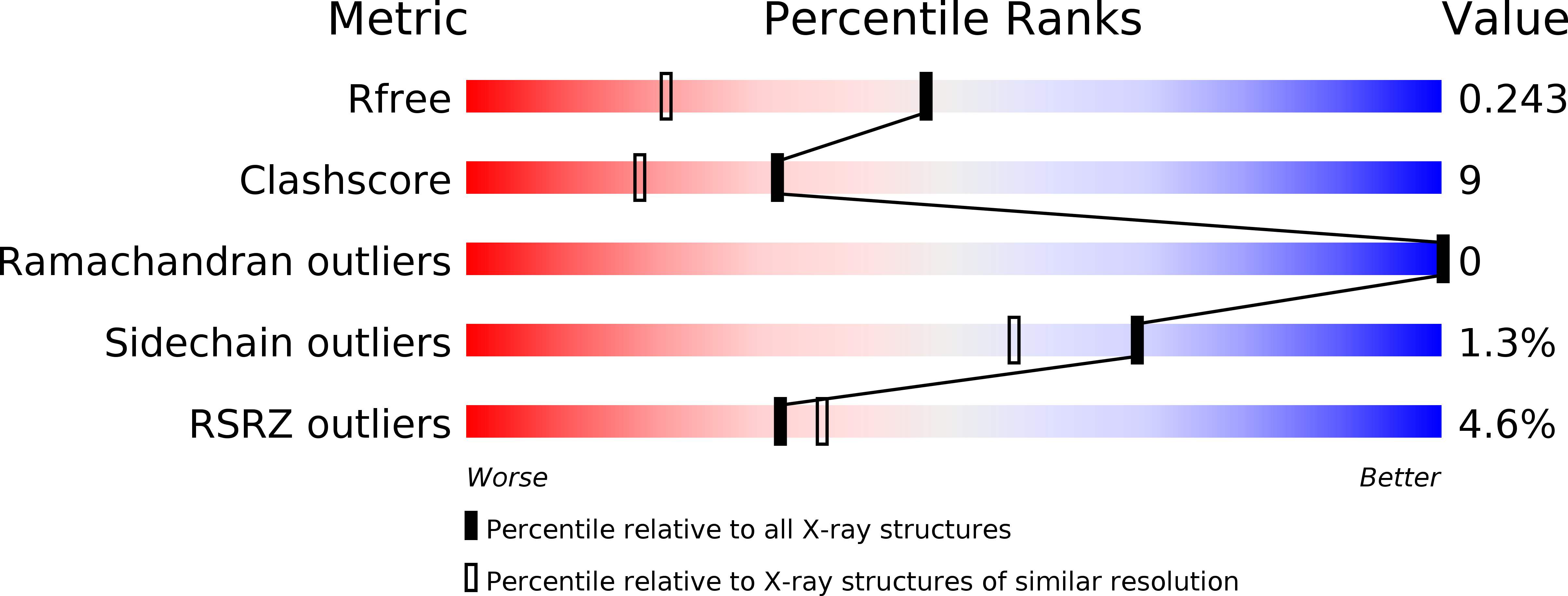
Deposition Date
2005-10-31
Release Date
2006-03-28
Last Version Date
2023-08-23
Entry Detail
PDB ID:
2EVM
Keywords:
Title:
crystal structure of methionine aminopeptidase in complex with 5-(2,5-dichlorophenyl)furan-2-carboxylic acid
Biological Source:
Source Organism:
Escherichia coli (Taxon ID: 562)
Host Organism:
Method Details:
Experimental Method:
Resolution:
1.70 Å
R-Value Free:
0.24
R-Value Work:
0.21
R-Value Observed:
0.23
Space Group:
P 1 21 1


